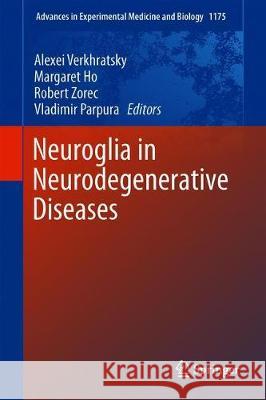Neuroglia in Neurodegenerative Diseases » książka
topmenu
Neuroglia in Neurodegenerative Diseases
ISBN-13: 9789811399121 / Angielski / Twarda / 2019 / 405 str.
Neuroglia in Neurodegenerative Diseases
ISBN-13: 9789811399121 / Angielski / Twarda / 2019 / 405 str.
cena 684,33
(netto: 651,74 VAT: 5%)
Najniższa cena z 30 dni: 655,41
(netto: 651,74 VAT: 5%)
Najniższa cena z 30 dni: 655,41
Termin realizacji zamówienia:
ok. 22 dni roboczych.
ok. 22 dni roboczych.
Darmowa dostawa!
Kategorie BISAC:
Wydawca:
Springer
Seria wydawnicza:
Język:
Angielski
ISBN-13:
9789811399121
Rok wydania:
2019
Wydanie:
2019
Numer serii:
000253056
Ilość stron:
405
Waga:
0.75 kg
Wymiary:
23.39 x 15.6 x 2.39
Oprawa:
Twarda
Wolumenów:
01
Dodatkowe informacje:
Wydanie ilustrowane











